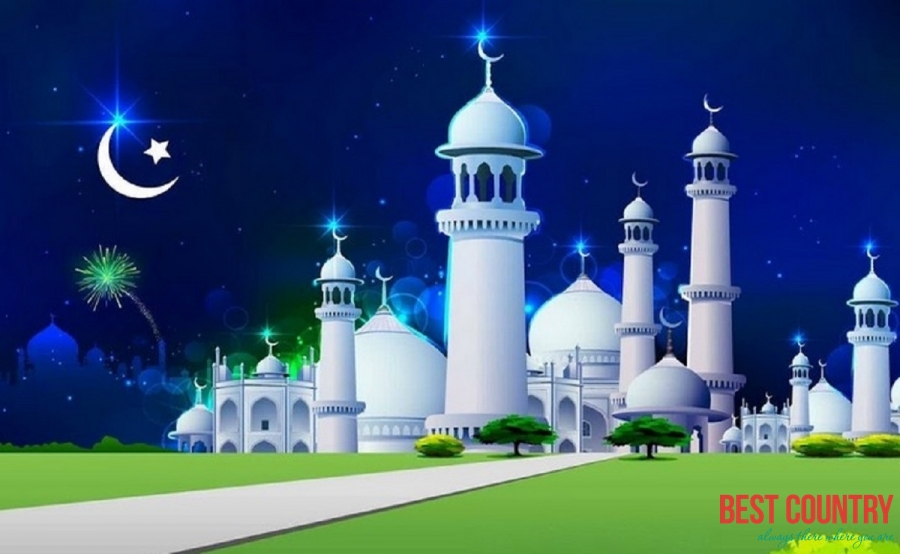Djibouti
Overview of Djibouti
Officially name: Republic of Djibouti
Capital: Djibouti
Largest city: Djibouti
Official languages: Arabic and French
Government: Semi-presidential republic
Festivals and Events in Djibouti
Djibouti celebrates a number of festivals and events (Islamic and Christian) throughout the year. Among them the most famous are Ramadan and Christmas which are celebrated with fervour and enthusiasm. People dress up in their finest clothes and celebrate the festivals.
Money & duty free for Djibouti
Djibouti Franc (DJF; symbol Djf) = 100 centimes. Notes are in denominations of Djf10,000, 5,000, 2,000, 1,000 and 500. Coins are in denominations of Djf500, 100, 50, 20 and 10.
